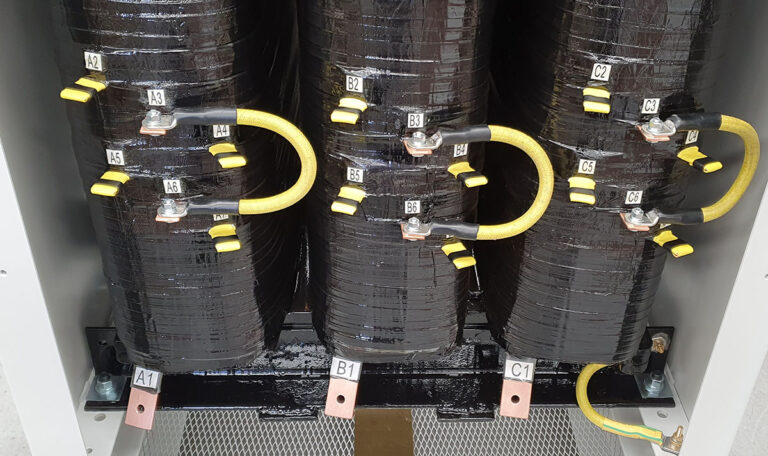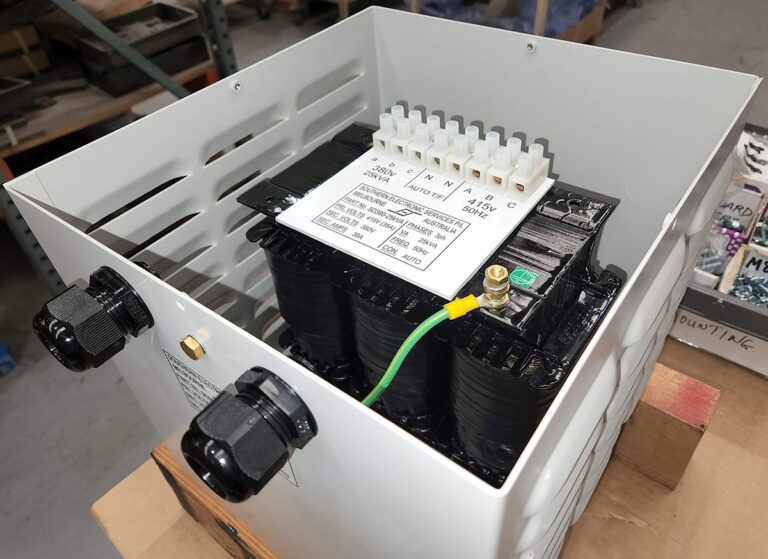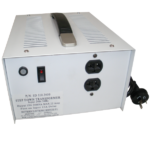Electric transformers are essential devices that are used to transfer electrical energy between two or more circuits. They play a crucial role in our daily lives by ensuring the efficient distribution of electricity from power plants to our homes, offices, and industries.
With advancements in technology, there is now a wide variety of electric transformers available on the market, making it challenging for consumers to choose the right one. In this article, we will discuss the five most important things to consider when buying an electric transformer. Let’s begin:
1. Purpose of the Transformer
Before purchasing an electric transformer, it is essential to determine its intended purpose. Transformers are designed for specific applications, such as stepping up or stepping down voltage levels, current conversion, and impedance matching.
Here are some common types of transformers and their purposes:
- Distribution transformers: These are used to step down high voltage levels for distribution to households.
- Power transformers: They are used in power plants to step up voltages for long-distance transmission.
- Isolation transformers: These are used to isolate sensitive equipment from the main power supply.
Knowing the purpose of the transformer is key as it will help you choose the right type and size for your specific needs.
2. Voltage Requirements
The next thing to consider when buying an electric transformer is the voltage requirements of the equipment or system it will be used with. Transformers are designed to work within a specific voltage range, so it is crucial to match the input and output voltages correctly.
It is also essential to take into account the voltage fluctuations and variations in your area to ensure that the transformer can handle them without causing any damage.
As a rule of thumb, it is always better to err on the side of caution and choose a transformer with slightly higher voltage ratings than required. This will ensure that the transformer can handle any unexpected spikes in voltage.
For example, if your equipment requires a 240V transformer, it is better to choose a 300V transformer instead of a 250V one.
3. Power and Load Requirements
The power rating of the transformer is another crucial factor to consider. Transformers are rated in kVA (kilo-volt-amps) or MVA (mega-volt-amps), which indicates the maximum amount of power they can handle.
You need to determine your equipment’s total power demand and choose a transformer with a higher kVA or MVA rating than required. This is because transformers should not be operated at their full capacity, as it can cause overheating and damage.
Another essential aspect to consider is the load type and its variation over time. If the load is steady, a transformer with a fixed rating would suffice. But if there are fluctuations in the load, it is better to choose a transformer with a tap changer that can adjust the output voltage accordingly.
4. Efficiency and Energy Savings
Efficiency is an important consideration when buying an electric transformer. The efficiency of a transformer refers to how much power is lost during the conversion process. The higher the efficiency, the less power is wasted, leading to energy savings and lower electricity bills.
To break this down further, let’s consider an example. If a transformer has an efficiency rating of 95%, it means that for every 100 units of electricity input, only 95 units are output, with the remaining five units wasted as heat.
Therefore, when purchasing a transformer, look for one with higher efficiency ratings to ensure energy savings and reduce your carbon footprint.
5. Quality and Reliability
Investing in a high-quality electric transformer is crucial as it directly affects its reliability and lifespan. Low-quality transformers may be cheaper, but they are more likely to fail or cause damage to your equipment. This can result in costly repairs and downtime, affecting productivity.
When buying a transformer, look for reputable manufacturers with a proven track record of producing reliable and durable products. You can also check for certifications such as ISO 9001, which ensures that the product meets quality standards.
Southern Electronics Transformers: The Best Choice
When it comes to electric transformers, Southern Electronics is a trusted brand that stands out from the rest. With over 40 years of experience in the industry, we offer a wide range of high-quality and reliable transformers for various applications.
We pride ourselves on using the latest technology and adhering to strict quality control measures to ensure that our transformers meet the highest standards. Our products are also energy-efficient, helping you save on electricity costs while reducing your carbon footprint.
Furthermore, we offer exceptional customer service and support, making us the preferred choice for many consumers. If you want a reliable and top-performing electric transformer, choose Southern Electronics.
Conclusion
When buying an electric transformer, consider its purpose, voltage and power requirements, efficiency and reliability. And for the best choice in transformers, trust Southern Electronics to meet all your needs.
Get in touch with us today to learn more about our products and how we can help you find the perfect transformer for your specific requirements.
Next Post
What is The Lifespan of a Step-Down Transformer?
November 7, 2023Other News

Function of Transformers in Data centers
The Growing Demand for Data Centers in a Cloud-Based, AI-Driven World The digital age has witnessed explosive growth in data generation, storage, and processing, leading to a sharp rise in the construction of data centers globally. With the increasing adoption of cloud-based storage and the rapid expansion of artificial intelligence (AI) technologies, the world’s computing…

Important Features to Consider When Choosing a Step-Down Transformer
The step-down transformer is one of the most commonly used devices for adjusting AC voltage. Not only is this a great tool for safety reasons, but it’s also ideal for reducing energy consumption and lowering monthly utility bills. Because there are so many options available, choosing the right step-down transformer can be a daunting task….

